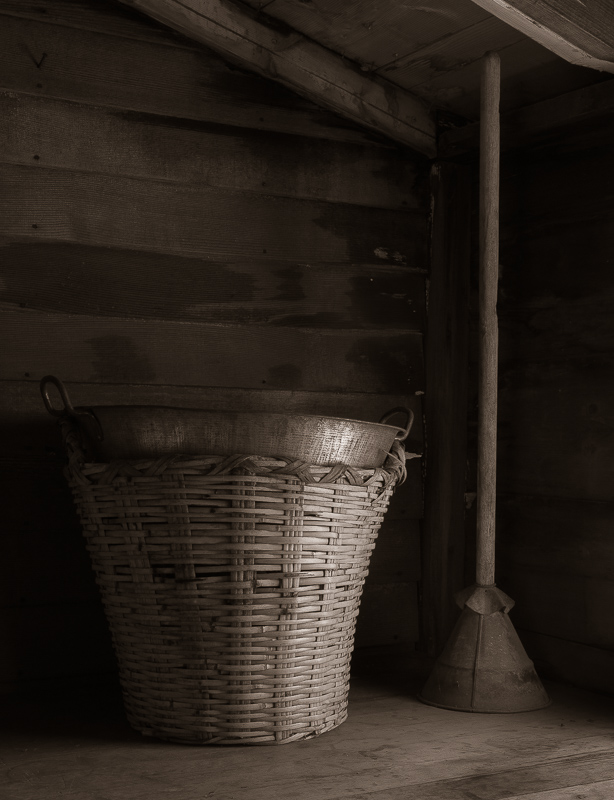Every Picture Is a Compromise
Lessons from the Also-rans
Most photography websites show the photographer's very best work. Wonderful. But that's not the full story of a creative life. If we want to learn, we'd better pay attention to the images that aren't "greatest hits" and see what lessons they have to offer. Every picture is a compromise — the sum of its parts, optical, technical, visual, emotional, and even cosmic – well, maybe not cosmic, but sometimes spiritual. Success on all fronts is rare. It's ok to learn from those that are not our best.
This is a series about my also-rans, some of which I've been able to improve at bit (i.e., "best effort"), none of which I would consider my best. With each there are lessons worth sharing, so I will.

Previous image | Next image |
Original digital capture

All About the Numbers Week
When it comes to composition, numbers play an important role that designers know all about. Photographers need this same knowledge when it comes to composition. This week we'll look at numbers and composition.
What I saw that I liked:
A wonderfully preserved prairie house in North Dakota.
What I don't like in the picture:
The above again shows the static nature of a single item composition. It's a thing, not a relationship. It's without movement or life.
What I learned:
The better shot is the image at left. But, you might say, it isn't composed with an odd number of subjects? True, the the disparity between the large and illuminate basket compared to the tool to the right changes the number aspect of this composition. In essence, the basket almost counts as two items because there is the fully lit side of the basket and the left side in the shadows. This image succeeds because of the light. Agreed?
2nd Chances: What I might try next
I did use this image in a project about this prairie house, now preserved as a museum. |
|


